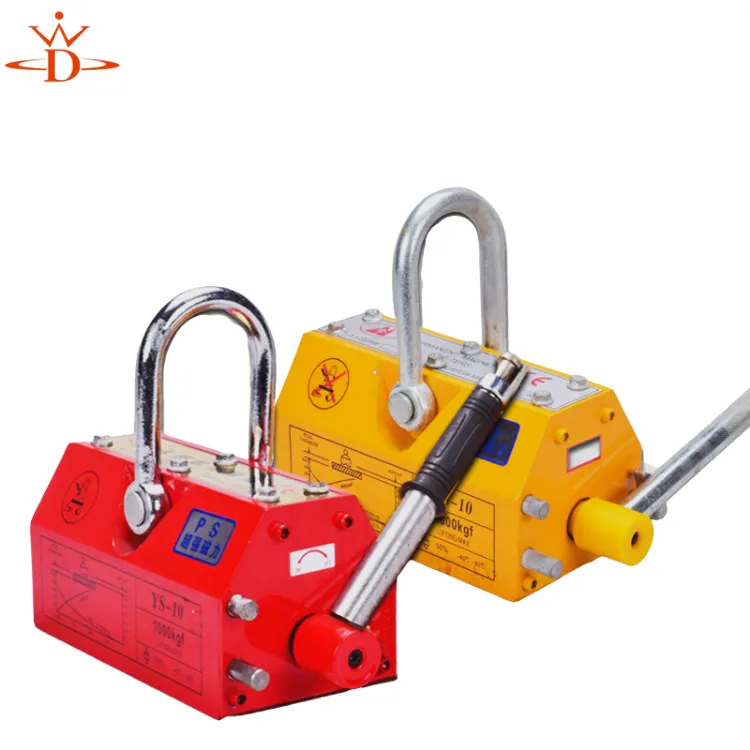Exploring the Benefits and Applications of a 3 Ton Gantry Crane for Heavy Lifting Solutions
The Evolution and Significance of 3 Ton Gantry Cranes
In the realm of material handling and industrial operations, gantry cranes play a pivotal role. Among the various types, the 3 ton gantry crane stands out for its versatility and capability, making it an invaluable asset across multiple sectors, including manufacturing, construction, and shipping.
Gantry cranes are distinguished by their overhead framework, allowing them to traverse large areas while lifting heavy loads. The design typically features two or four legs that support a horizontal bridge, from which the hoist, or lifting mechanism, hangs. In the case of a 3 ton gantry crane, its load capacity of three tons (approximately 6,000 pounds) is ideal for many small to medium-sized operations, striking a balance between robustness and maneuverability.
One of the primary advantages of a 3 ton gantry crane is its portability. Many models come with adjustable legs and wheels, enabling easy relocation within a worksite to meet varying operational demands. This flexibility is particularly beneficial for businesses that rely on efficient space management. Whether in a factory setting where products are constantly being moved or at construction sites that require lifting heavy materials at different points, the gantry crane's design affords the necessary adaptability to optimize workflow and productivity.
In industries such as manufacturing, the 3 ton gantry crane significantly enhances operational efficiency
. It streamlines the process of moving components or finished products, thereby reducing manual labor and minimizing the risk of workplace injuries associated with heavy lifting. The crane’s hoisting mechanism enables precise control, allowing operators to handle loads safely and efficiently. Furthermore, a gantry crane can operate in tandem with other equipment, fostering a collaborative environment where multiple processes can occur simultaneously.3 ton gantry

The construction sector also benefits immensely from the utilization of 3 ton gantry cranes. Construction projects often require lifting heavy materials, such as steel beams and concrete blocks, in confined spaces where traditional cranes may not fit. The gantry crane's design permits it to navigate such challenges effectively. It can easily be moved or adjusted to accommodate different lifts, ensuring that projects proceed smoothly without delays caused by equipment limitations.
Safety is a critical concern in any industrial setting, and the 3 ton gantry crane is designed with several safety features. Most modern models incorporate mechanisms to prevent load tipping, overloading, and accidental releases, reducing the likelihood of accidents. When operated according to the manufacturer’s guidelines and regulations, these cranes can significantly mitigate safety risks.
Additionally, the use of electric or manual hoists allows for varying degrees of lifting speed and precision, ensuring that operators can handle loads gracefully without risking damage to products or the equipment itself. Training programs for operators are also essential, ensuring that users are knowledgeable about the safe operation of the crane.
Maintenance is another aspect that underscores the significance of a 3 ton gantry crane. Regular inspections and service checks can prolong the lifespan of the equipment, ensuring that it remains functional and reliable over time. By addressing wear and tear, operators can avoid costly repairs or replacements and enhance productivity.
In conclusion, the 3 ton gantry crane is an essential piece of equipment that exemplifies efficiency, safety, and flexibility in material handling. Its ability to enhance productivity while minimizing workplace injuries makes it a worthy investment for various industries. As businesses continue to seek ways to optimize operations, the 3 ton gantry crane is poised to remain a key player in the evolution of industrial machinery.
-
The Ultimate Guide to Heavy Machinery Moving EquipmentNewsAug.04,2025
-
The Evolution of Large Equipment MoversNewsAug.04,2025
-
Maximizing Efficiency with PML Magnetic Lifters in Industrial OperationsNewsAug.04,2025
-
Choosing the Best Small Gantry CraneNewsAug.04,2025
-
Innovations in Permanent Lifting Magnet TechnologyNewsAug.04,2025
-
How to Maintain Your Adjustable Gantry Crane for LongevityNewsAug.04,2025
-
PML 6 Lifting Magnet Troubleshooting GuideNewsJul.25,2025
